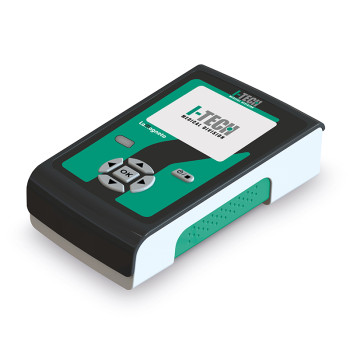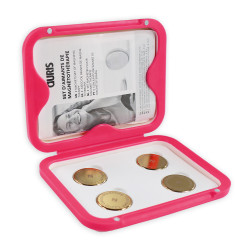 An essential guide for seniors concerned about bone fragility
An essential guide for seniors concerned about bone fragility
As we age, our bones become more fragile, sometimes without us even realising it. Osteoporosis is often silent, but it can lead to serious fractures. However, there are many natural, gentle and effective solutions to slow down bone loss. Diet, exercise, magnet therapy... we explain everything you need to know to keep your bones strong and enjoy a good quality of life.
What is osteoporosis?
Osteoporosis is a widespread disease of the skeleton that causes a decrease in bone density and quality.
Bones become more porous, less resistant and therefore more prone to fractures, often without major trauma (such as a simple fall or a wrong movement).
The areas most affected are the neck of the femur, the vertebrae, the wrists and the ribs.
Why are older people so affected?
From the age of 50, and especially after the menopause in women, bone loss accelerates.
Hormonal changes, a sedentary lifestyle, calcium and vitamin D deficiency and certain medications can aggravate the situation.
Warning signs:
- Chronic back pain
- Stooped posture
- Frequent or ‘unexplained’ fractures
Diagnosis is based on bone densitometry, a simple, quick and painless test.
Good habits for strengthening bones naturally
A diet rich in calcium and vitamin D:
- Dairy products, sardines, almonds, cabbage, dried figs
- Moderate exposure to sunlight to activate vitamin D
- Supplements if necessary, on medical advice
Regular physical activity:
- Brisk walking, climbing stairs, gentle dancing
- Movement stimulates osteoblasts (cells that build bone)
- Balance exercises to prevent falls
Healthy lifestyle:
- Cut down on smoking, alcohol and excess salt
- Maintain a healthy weight
- Stay well hydrated, especially in summer
The promising role of magnetotherapy in osteoporosis
Magnetotherapy, particularly pulsed magnetic fields (PMF), is a non-invasive method that stimulates bone metabolism and relieves pain associated with bone fragility.
What the research says:
- PMF can promote bone formation by stimulating bone tissue cells
- It improves tissue vascularisation, promoting better regeneration
- It helps reduce chronic back pain, often associated with vertebral compression
How to use it
- Regular sessions, at home or in a specialised centre
Please note: magnetotherapy is not a substitute for medical treatment. It should be used as a complementary therapy, always with your doctor's approval.



